5 things safety experts warn to watch out for so you can pick truly non-toxic candles
Avoiding these will help you pick the ultimate non-toxic candle for your home
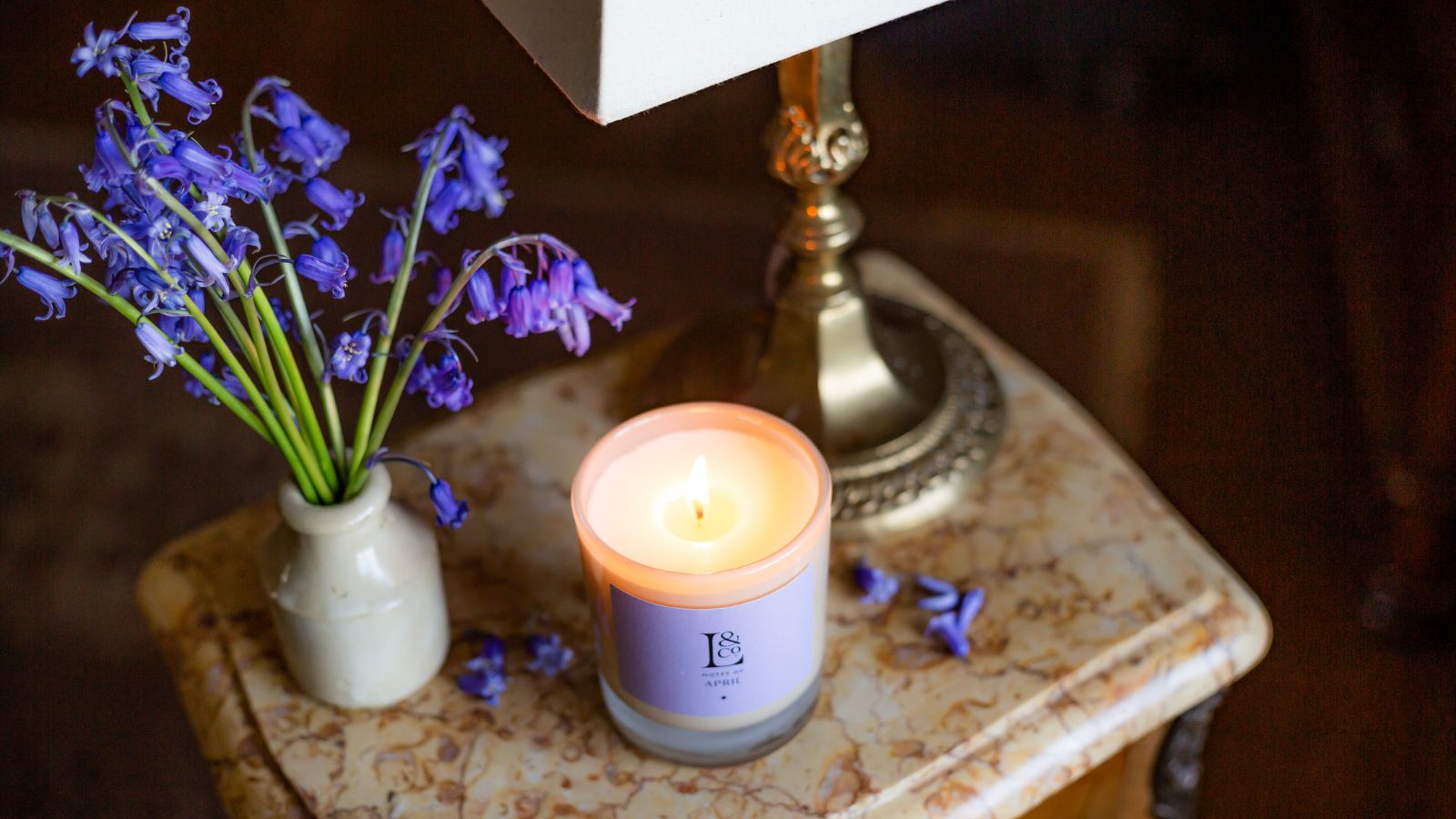

It is a struggle to find anyone who doesn’t love a nice candle. They instantly make any home that little bit cozier while making rooms smell nice – what’s not to love?
Well, the toxic chemicals in most candle wax, for one. Many mass-produced candles are made from scented paraffin wax which releases all sorts of toxic chemicals into the air as they burn, from formaldehyde to VOCs – all of which can negatively impact your respiratory health.
The solution is picking non-toxic candles instead, made from more sustainable candle wax types that won’t pollute your indoor air. Here, non-toxic candle pros explain how to choose the safest ones for your home, and what to avoid to stay healthy.
How to pick non-toxic candles
Scented candles can be toxic for a slew of reasons. The main cause is low-quality wax and paraffin, but some artificial fragrance oils and wicks can also play a role in lowering indoor air quality.
Kerry Kip, candle expert and owner of MINOT Candles explains, ‘You and your loved ones (pets included) will be literally breathing in a candle's ingredients, so you want to make sure you're choosing the safest, healthiest options.’
Kristen Pumphrey, founder of P.F. Candle Co. warns, however, 'The word non-toxic isn’t well defined within the candle industry, and there’s a lot of fear out there around candles being unsafe in general. The most widely accepted answer for non-toxic candles is ones made with natural waxes, instead of paraffin, and phthalate-free fragrance oils.'
This is not an attempt to scare you off using candles altogether, Kristen adds. 'Candle burning and aromatherapy have an incredible benefit in your daily rituals, so if you love candles, go ahead and use them!'
Luckily, 'toxic' candles are easy to avoid, with more 'non-toxic' options popping up on the market. Here’s how to spot the best candles for your home.
1. Avoid paraffin wax
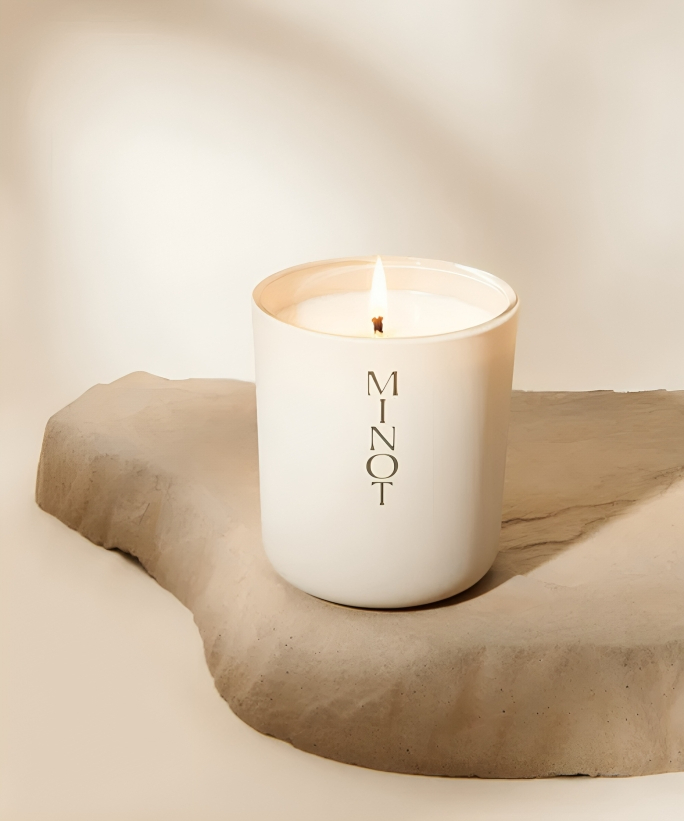
The best way to make your home smell nice without risking your health is to opt for candles made without paraffin, says Kerry Kip.
She urges, ‘Avoid paraffin wax – it's a petroleum byproduct that releases toxic chemicals like benzene and toluene into the air when burned, posing risks to your health. Not only is it harmful, but paraffin candles burn faster, giving you less value for your money.’
Instead, to improve indoor air quality, Kerry says, ‘Soy or beeswax products are my favorite non-toxic waxes. Coconut wax is also non-toxic, but it burns really quickly so your candle might not last as long.’
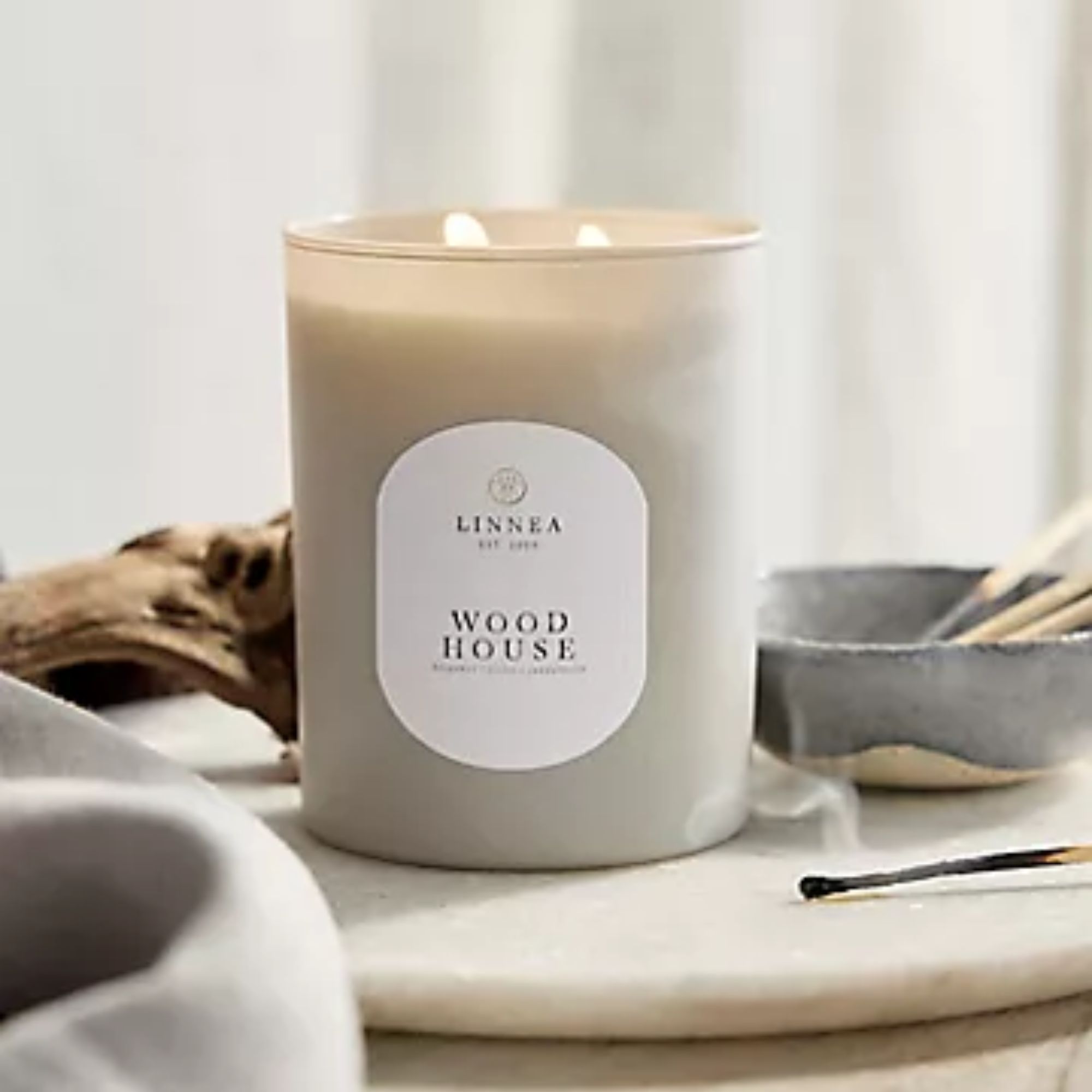
Hand poured in the USA and made with soy wax and 100% cotton wicks, this candle has 60-hour burn time.
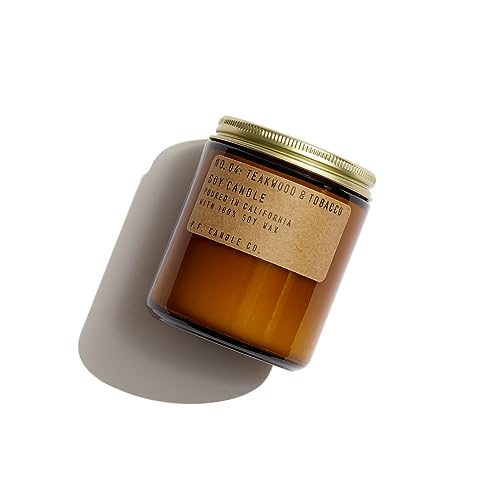
P.F. Candle Co candles are made with pure soy wax and natural fragrances, for beautiful smelling candles that don't pollute your home.
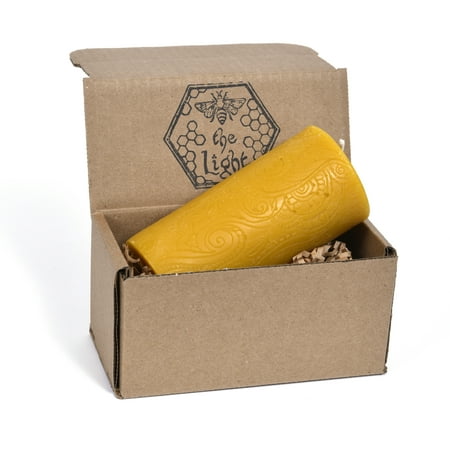
Made with 100% USA beeswax, these cotton wick pillar candles are a great alternative to paraffin.
2. Look out for artificial dyes and fragrances
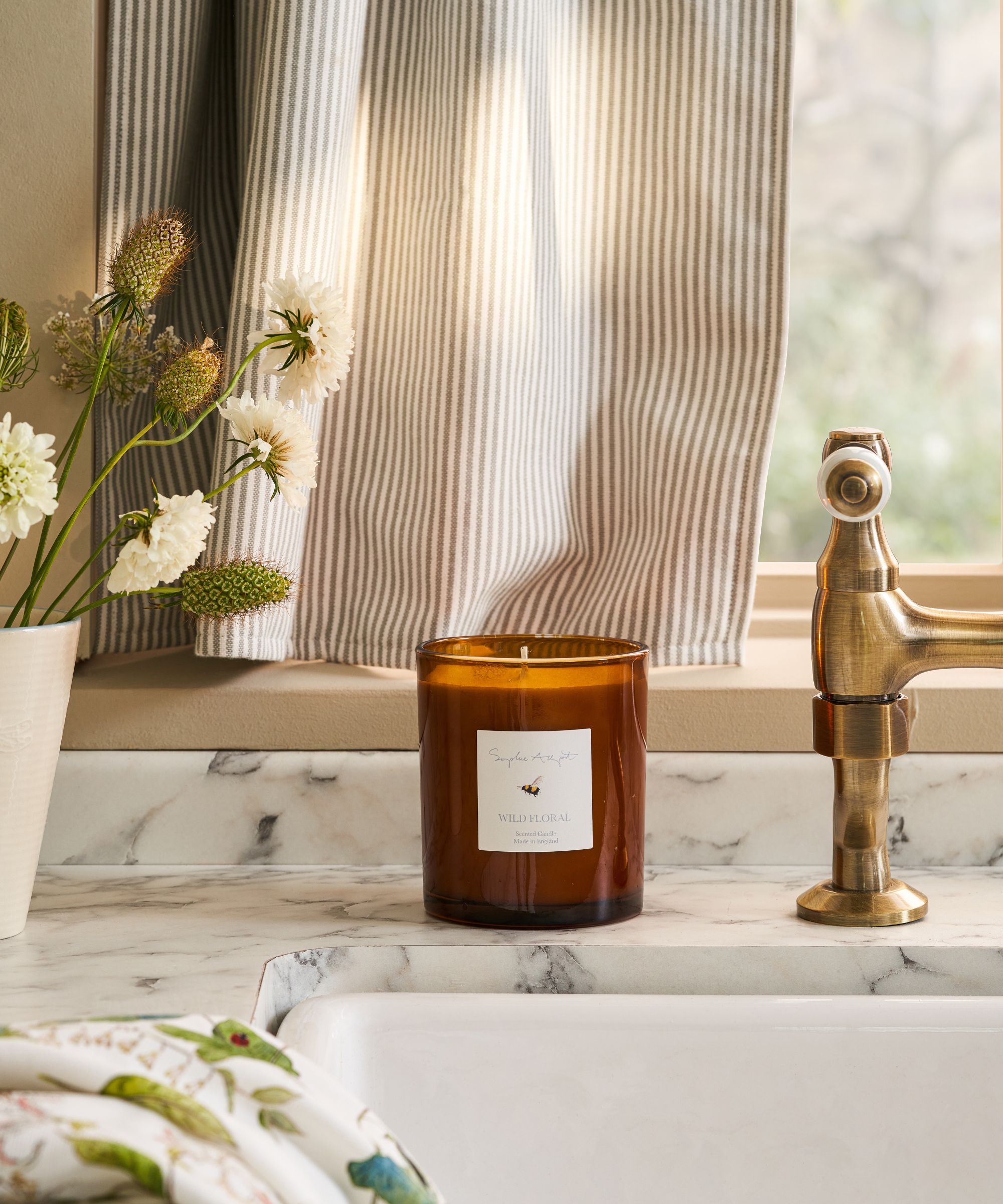
One of the biggest home fragrance mistakes people make is picking candles with artificial fragrances and dyes. It might be fun to make your home smell like a waffle house, but it is terrible for your health.
Kristy Miller, CEO at The Scented Market explains, ‘Phthalates, often found in fragrance oils, can disrupt hormones. Synthetic dyes and lead-core wicks can also release toxins into the air. For a cleaner, healthier experience, choose candles made with non-toxic ingredients that are good for you and the planet.
‘Cotton wicks, and wax free from phthalates, parabens, and synthetic dyes, ensure a clean burn every time. They should also ideally be hand-poured with care in smaller batches, designed to provide both quality and comfort.’
These are among the secretly toxic things in your home toxicologists warn to get rid of.
3. Be wary of wicks
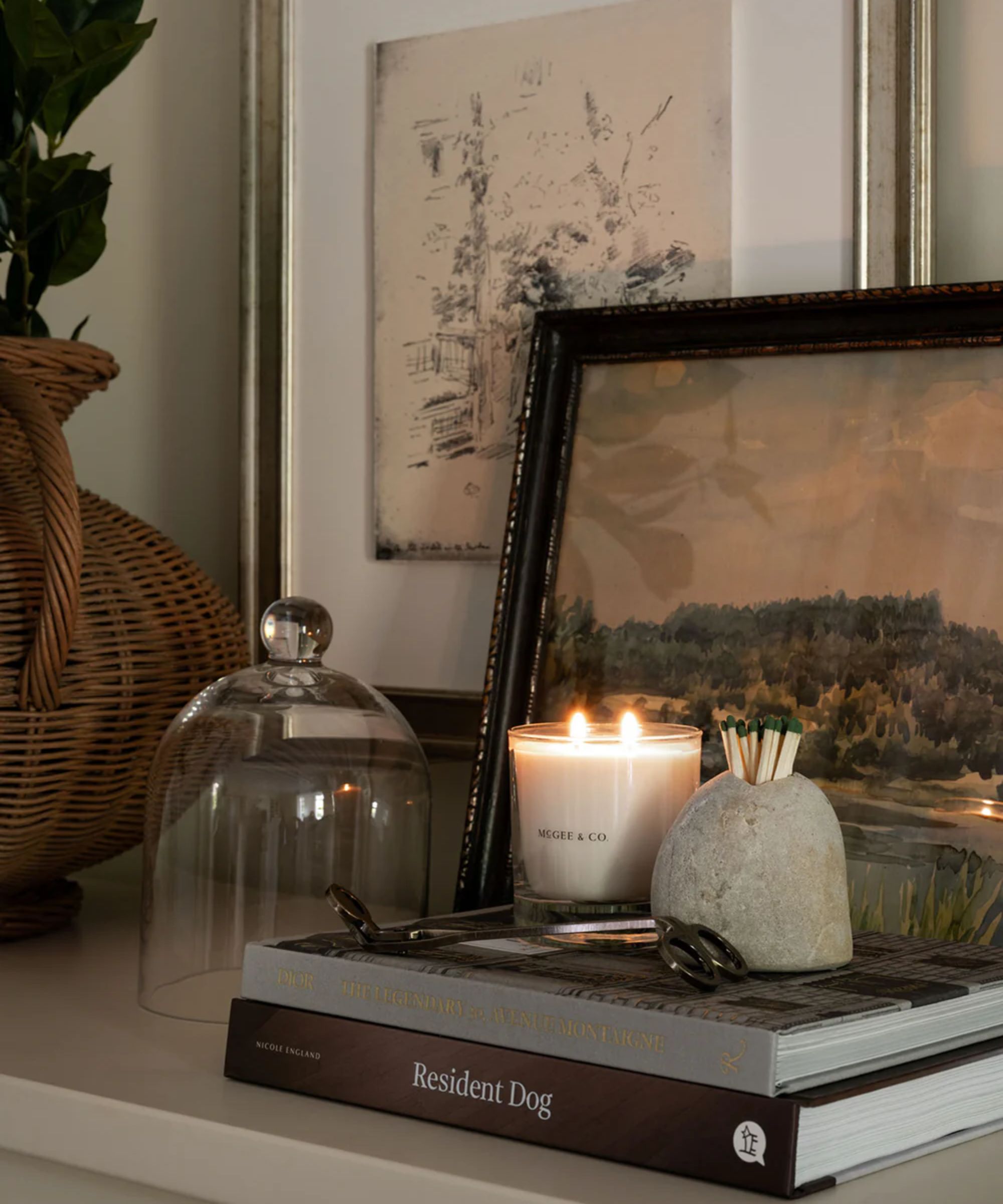
The problems with traditional candles don’t stop at the wax. Kerry Kip tells us the wick can be just as bad for you, earning us to ‘Steer clear of wicks containing zinc and lead, as they emit particles that irritate your lungs. Look for wicks that are made with 100% cotton – that's the easiest way to avoid wicks with dangerous materials.’
A good sign the wick is poor quality is uneven burning and black smoke, especially if you have eliminated some common candle-burning mistakes. Tiffany Thomas, candle maker and owner of Good Wknd explains, ‘A good-quality candle should burn cleanly and without excessive soot, that's the black smokey stuff that emits from the wick.
'Soot does nothing to help improve the air quality in your home and can negatively impact that quality for both people and pets. The type of wax and wick both play a role in how cleanly a candle burns, so shoppers should look for brands that disclose these details.’
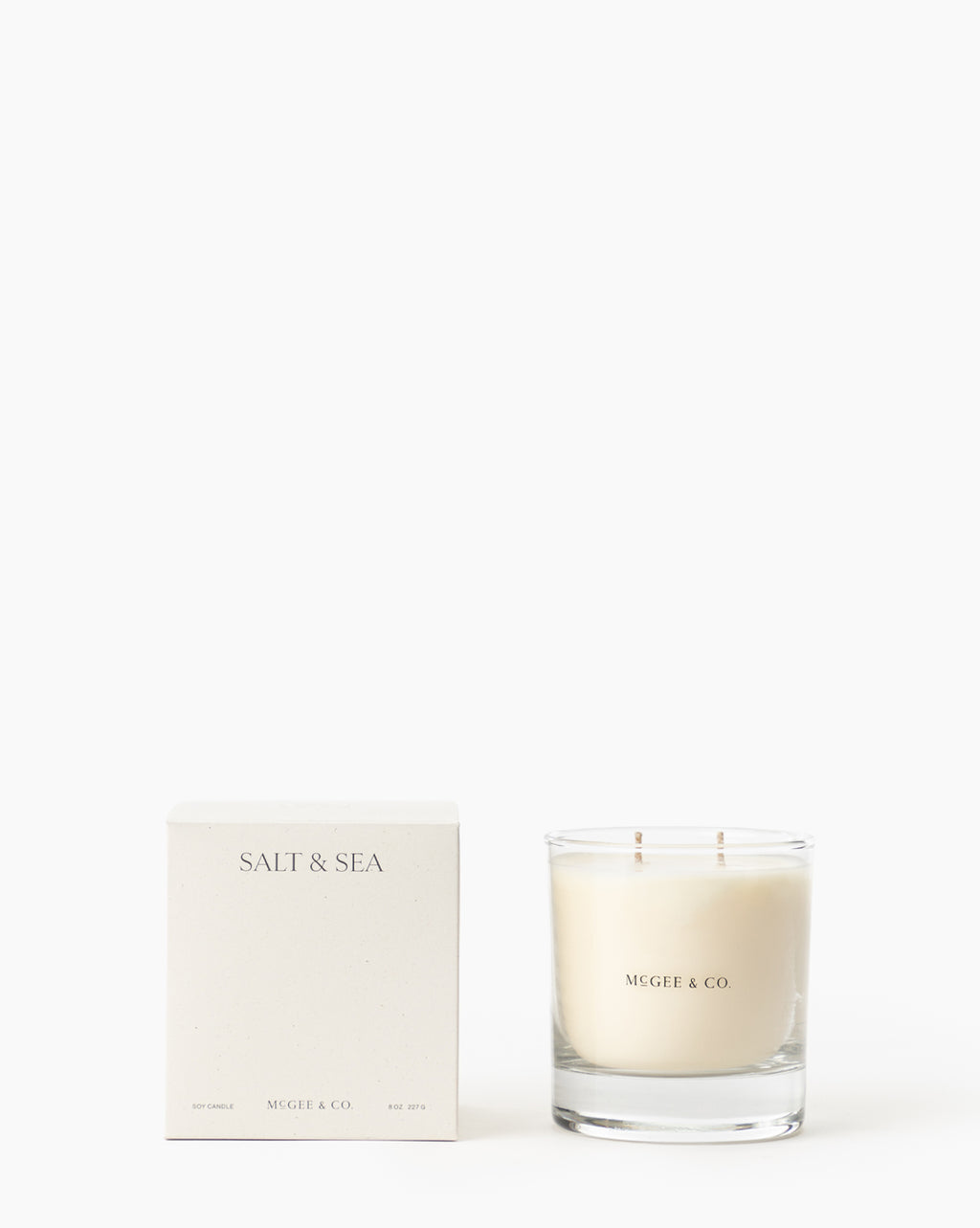
The Salt & Sea Candle is made with soy wax and therapeutic-grade essential oils. Its aroma has top notes of lemon and bergamot, blending floral notes with undertones of sea salt, driftwood, and musk.
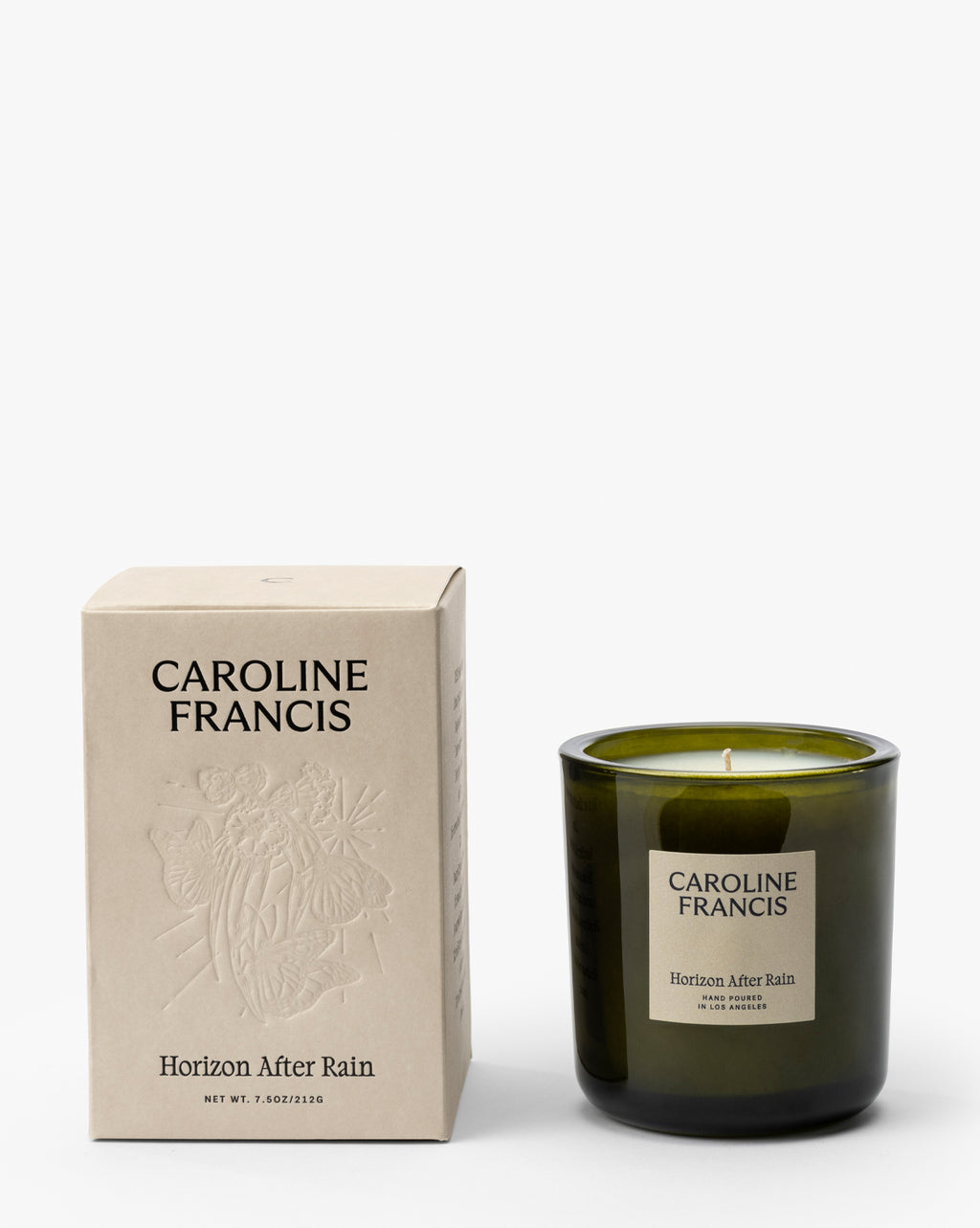
Refreshing and vibrant, the Horizon After Rain Candle combines notes of lavender, hemp seed, and cedar. The hand-poured candle is presented in recycled flint glass and made with 100% paraffin-free coconut soy wax.
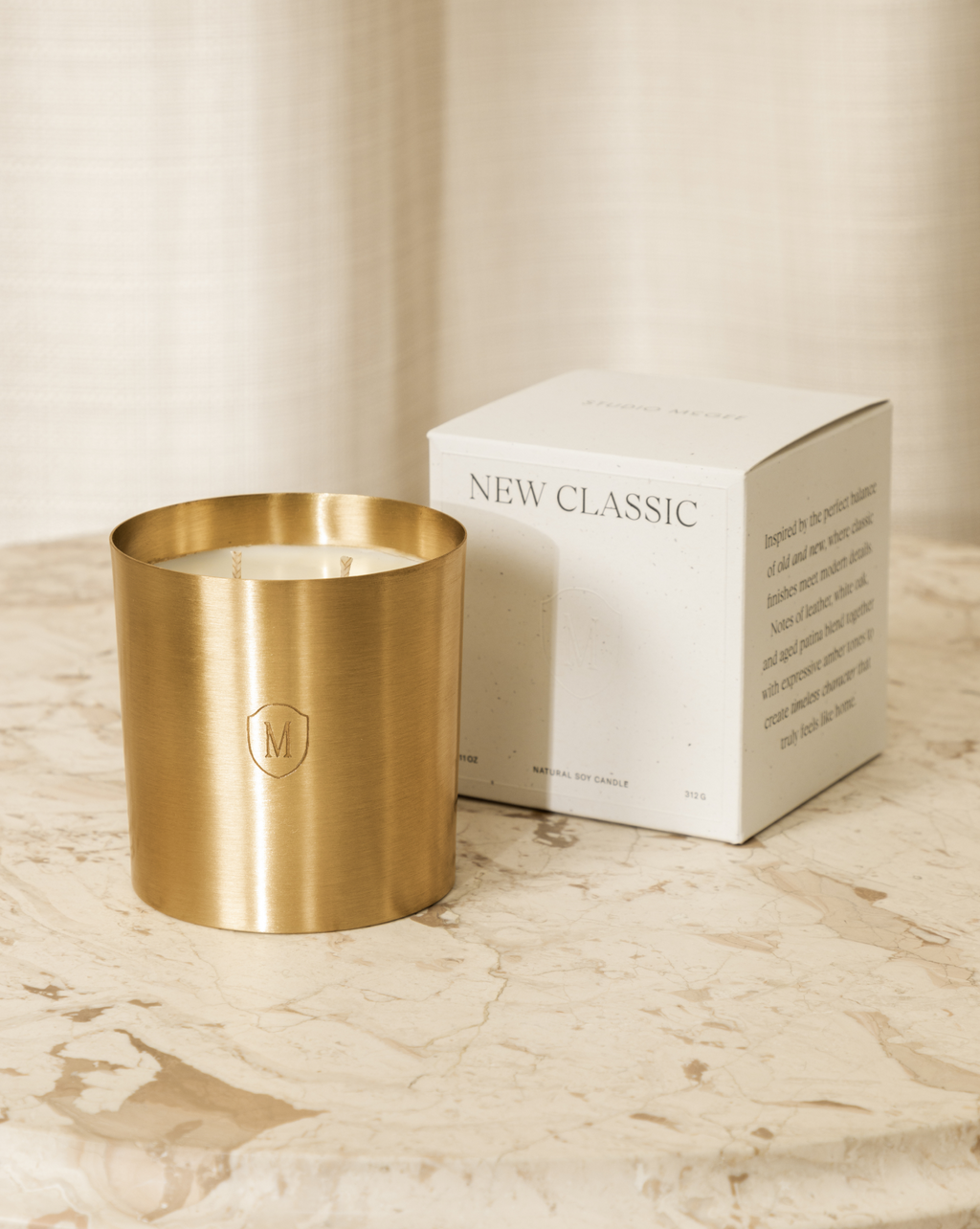
Hand-poured, this Embossed Brass Candle was crafted with only the best ingredients and held within a brass vessel, the candle has notes of chamomile, white flowers, and cedar.
4. Look for transparency
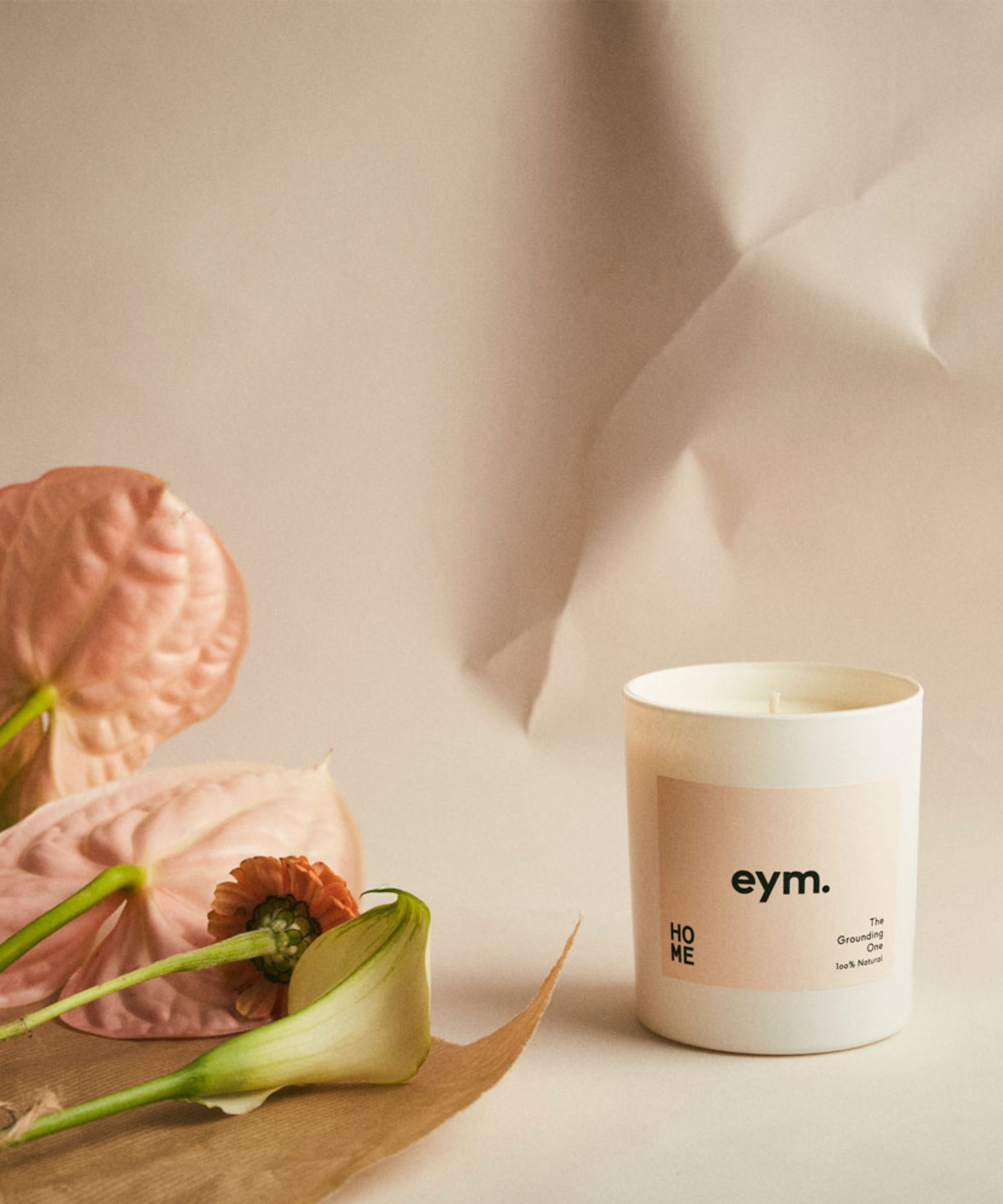
On the subject of disclosing the details, a good non-toxic candle will have nothing to hide, says Tiffany Thomas.
She urges us to, ‘Look for transparency in the candle ingredients. Does the company offer information about what kind of wax is being used? The kind of wick? How about the fragrance? Look at the level of transparency with the company you’re considering supporting. If no information is being offered, it may be best to keep shopping.’
5. Look for sustainable packaging
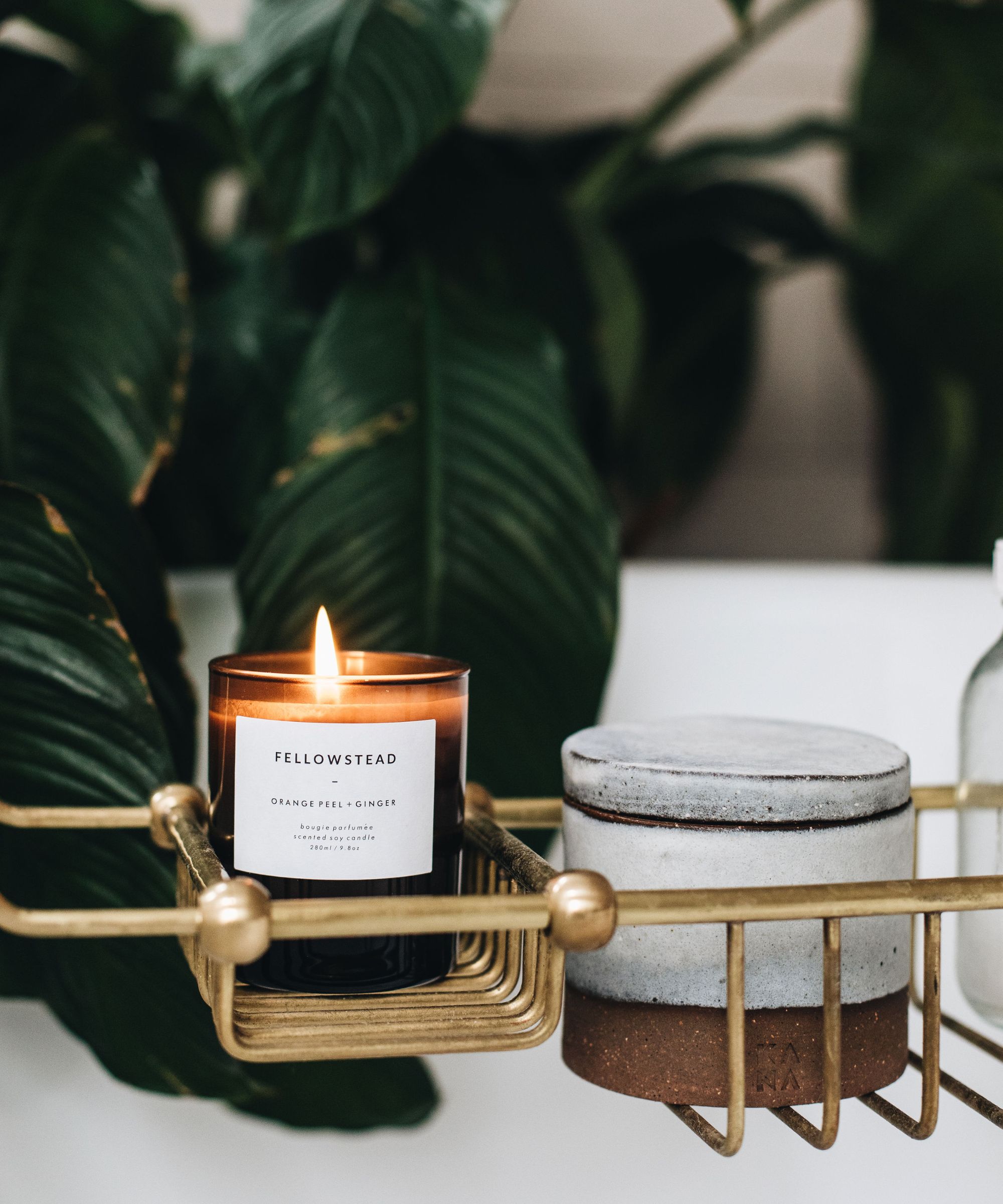
While being wary of greenwashing (this is when companies spend more time, cost and energy marketing ethical and planet-friendly practices, rather than actually doing them), Kristy Miller says, ‘If the candle features recyclable packaging, sustainable ingredients, and eco-conscious practices, you can enjoy it while feeling good about your choices.
‘Non-toxic candles are usually made with eco-friendly practices, supporting a healthier planet. By choosing non-toxic, you're making a positive impact on both your well-being and the environment.’

Instead of blowing on the lit wick, snuffers are a preferable way of putting out candles, preventing wax spills, smoke, and soot.
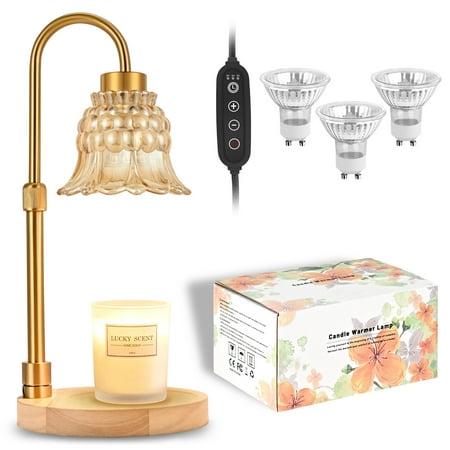
A candle lamp is healthy way to 'burn' candles. The light melts the wax surface evenly to release the fragrance without a need for a live flame.
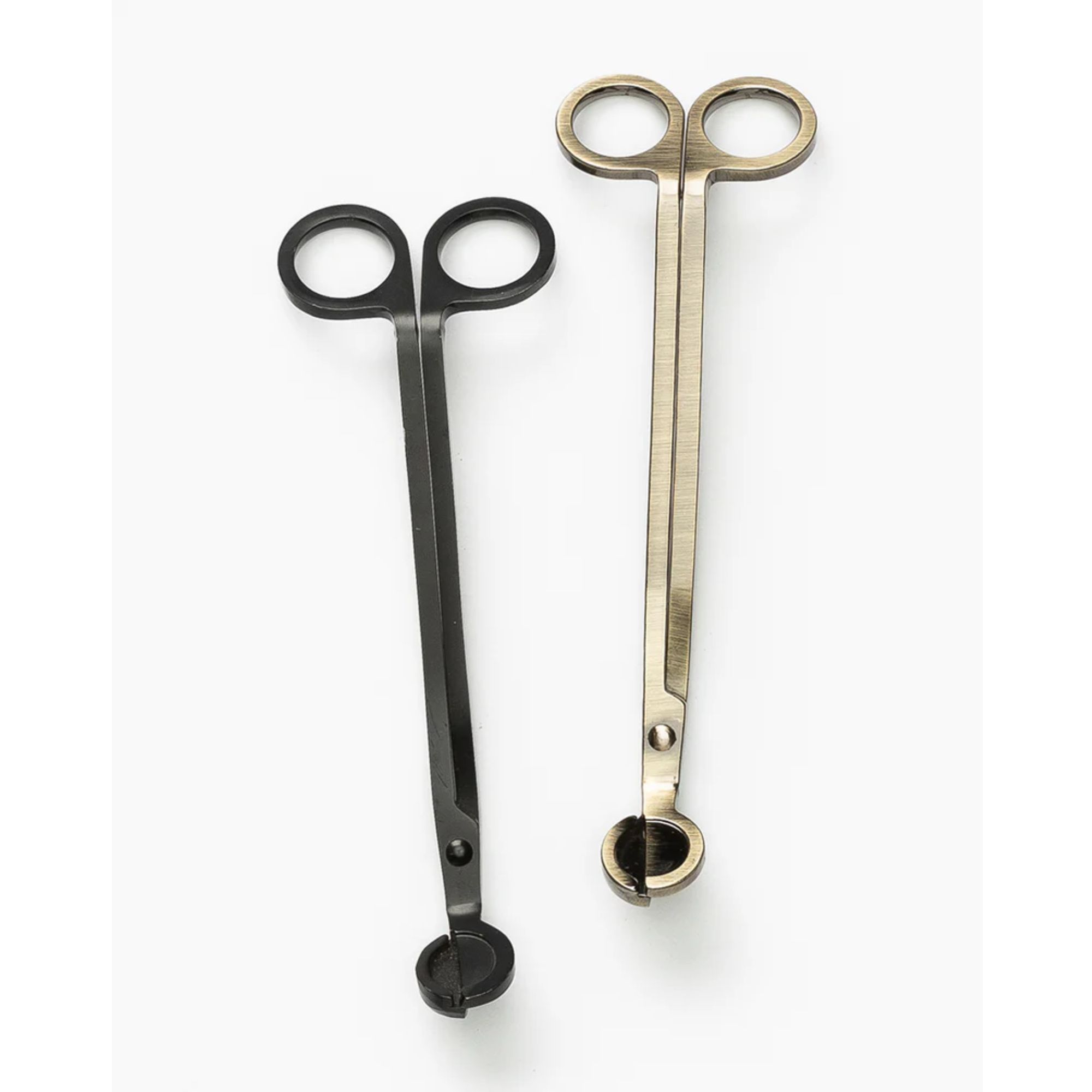
Keeping wicks trimmed to 1/4 of an inch helps your candle burn more evenly and reduce soot and make the most of your wax.
FAQs
Are candle warmers healthier than burning?
Candle warmers, or candle lamps, are generally safer than burning candles as they mitigate any small particles that are released as a wick burns. They are best used with naturally scented soy wax candles to mitigate toxic chemical release altogether.
The best news, they also make your candles last longer, ensuring a more even burn so you can get more for your money.
Are diffusers safer than candles?
If you are concerned about the possible effects of burning candles on your health, an essential oil diffuser with 100% natural essential oils is a good alternative to scent your home. These slowly release fragrance into the air, usually on a timer, to help you keep your home smelling fresh without the risks associated with open flames.
The waterless Neom rechargable diffuser, available on Amazon, is perfect for the job. Non-toxic dry fragrance reeds are also an excellent alternative.
Switching out your old paraffin candles is the best place to start when transitioning to non-toxic, healthier living. However, there are a whole host of non-toxic home essentials that you should consider as well for a far healthier home and better peace of mind.
Sign up to the Homes & Gardens newsletter
Design expertise in your inbox – from inspiring decorating ideas and beautiful celebrity homes to practical gardening advice and shopping round-ups.

Chiana has been at Homes & Gardens for two years and is our resident 'queen' of non-toxic living. She spends most of her time producing content for the Solved section of the website, helping readers get the most out of their homes through clever decluttering, cleaning, and tidying tips. She was named one of Fixr's top home improvement journalists in 2024.
You must confirm your public display name before commenting
Please logout and then login again, you will then be prompted to enter your display name.
-
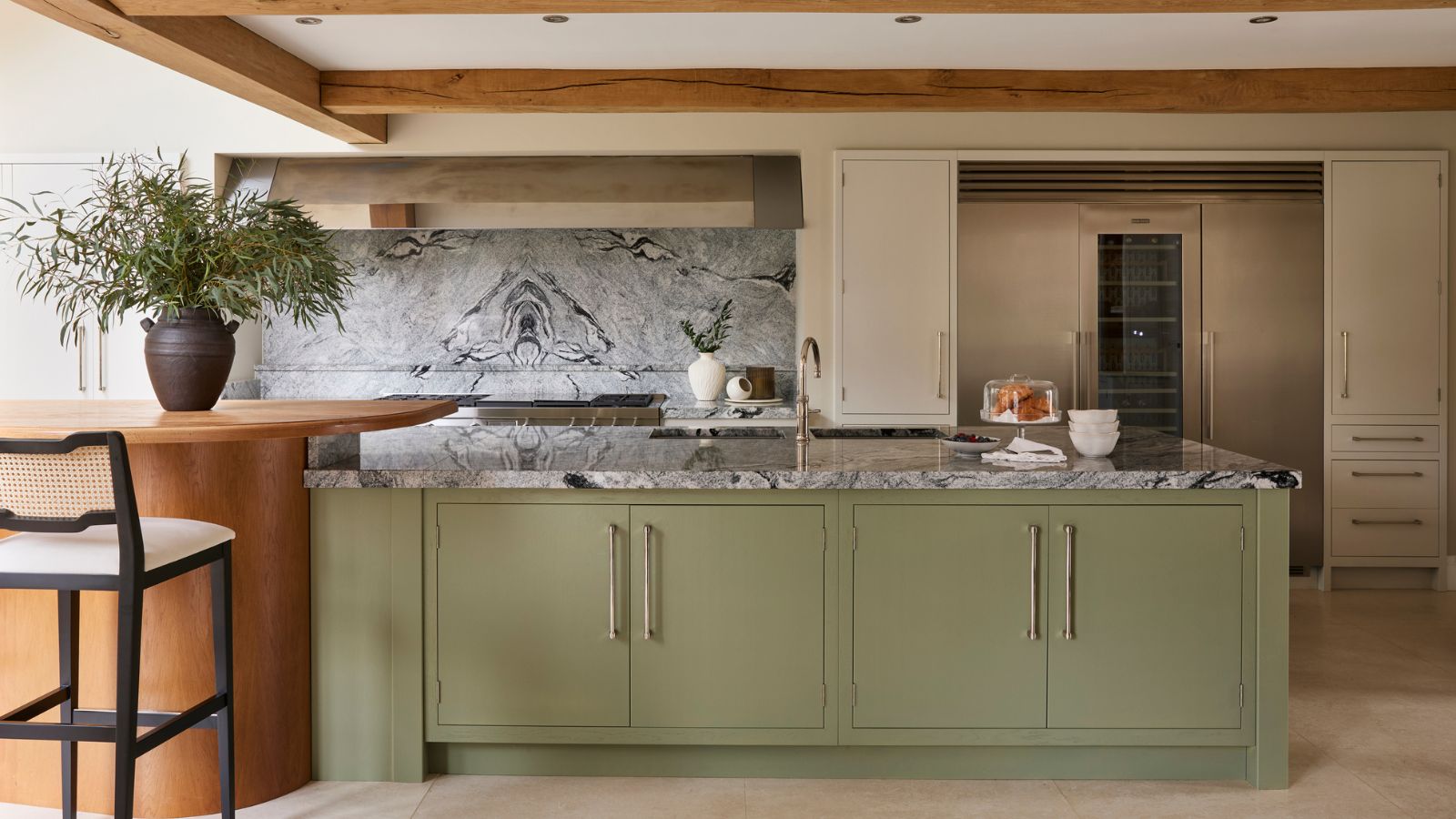 5 freezer cleaning mistakes you must avoid – or risk compromising your food quality and shortening the lifespan of your appliance
5 freezer cleaning mistakes you must avoid – or risk compromising your food quality and shortening the lifespan of your applianceAvoid these blunders for a safer kitchen
By Seraphina Di Mizzurati
-
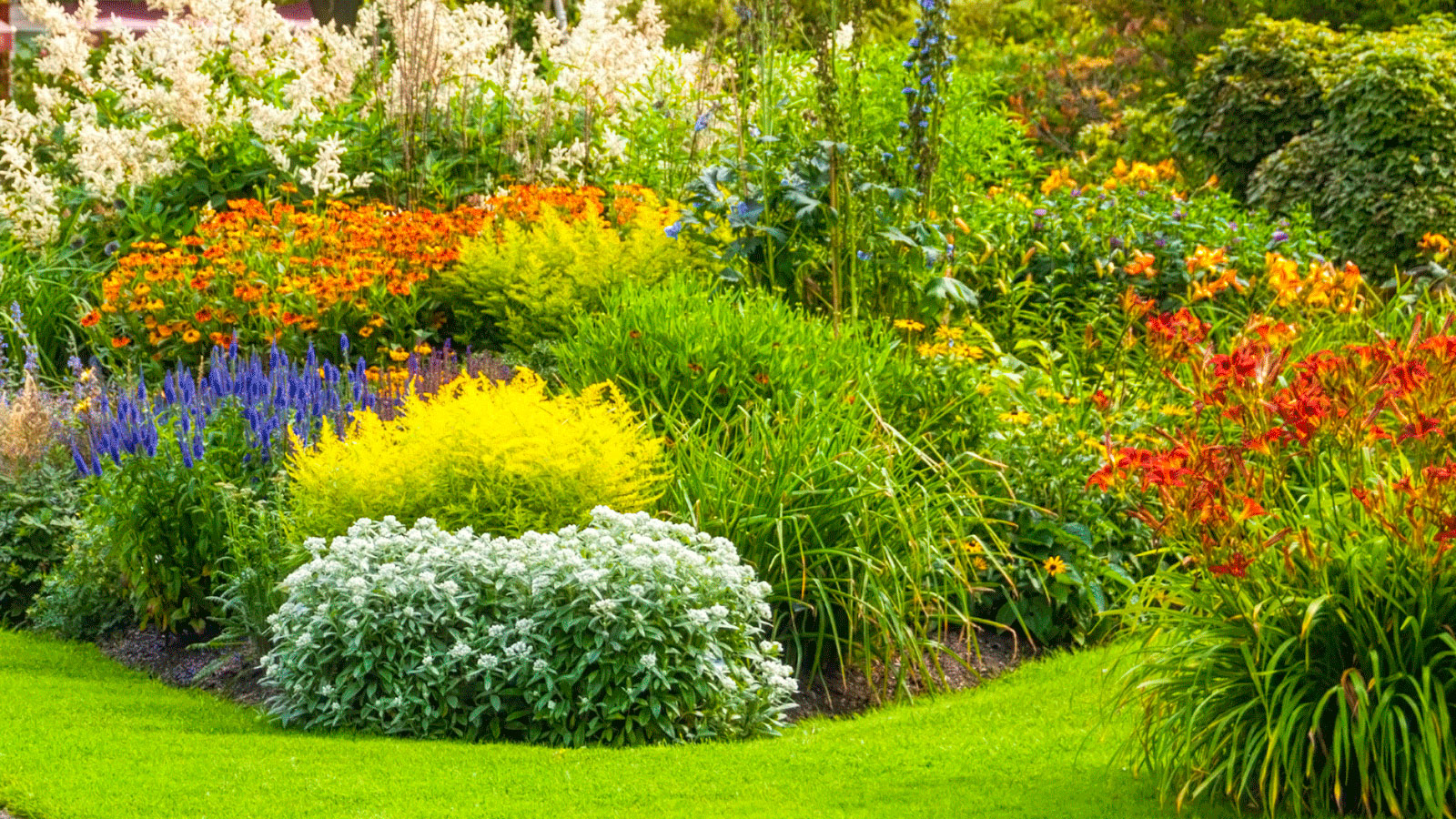 What is an island bed? This clever garden design trick can add privacy and drama to any backyard
What is an island bed? This clever garden design trick can add privacy and drama to any backyardCreate a long-lasting, low-maintenance and visually appealing island bed that also serves a purpose in the garden
By Sarah Wilson
-
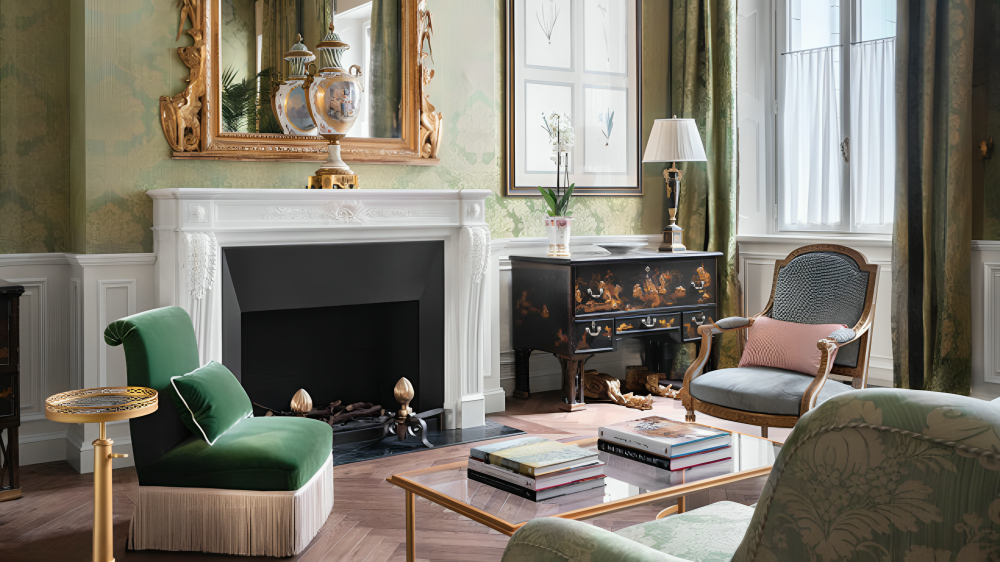 More than just a scent – experts reveal you can 'enhance well-being' by picking functional fragrances for your home
More than just a scent – experts reveal you can 'enhance well-being' by picking functional fragrances for your homeThey have 'been composed specifically to interact with your brain', experts explain
By Chiana Dickson
-
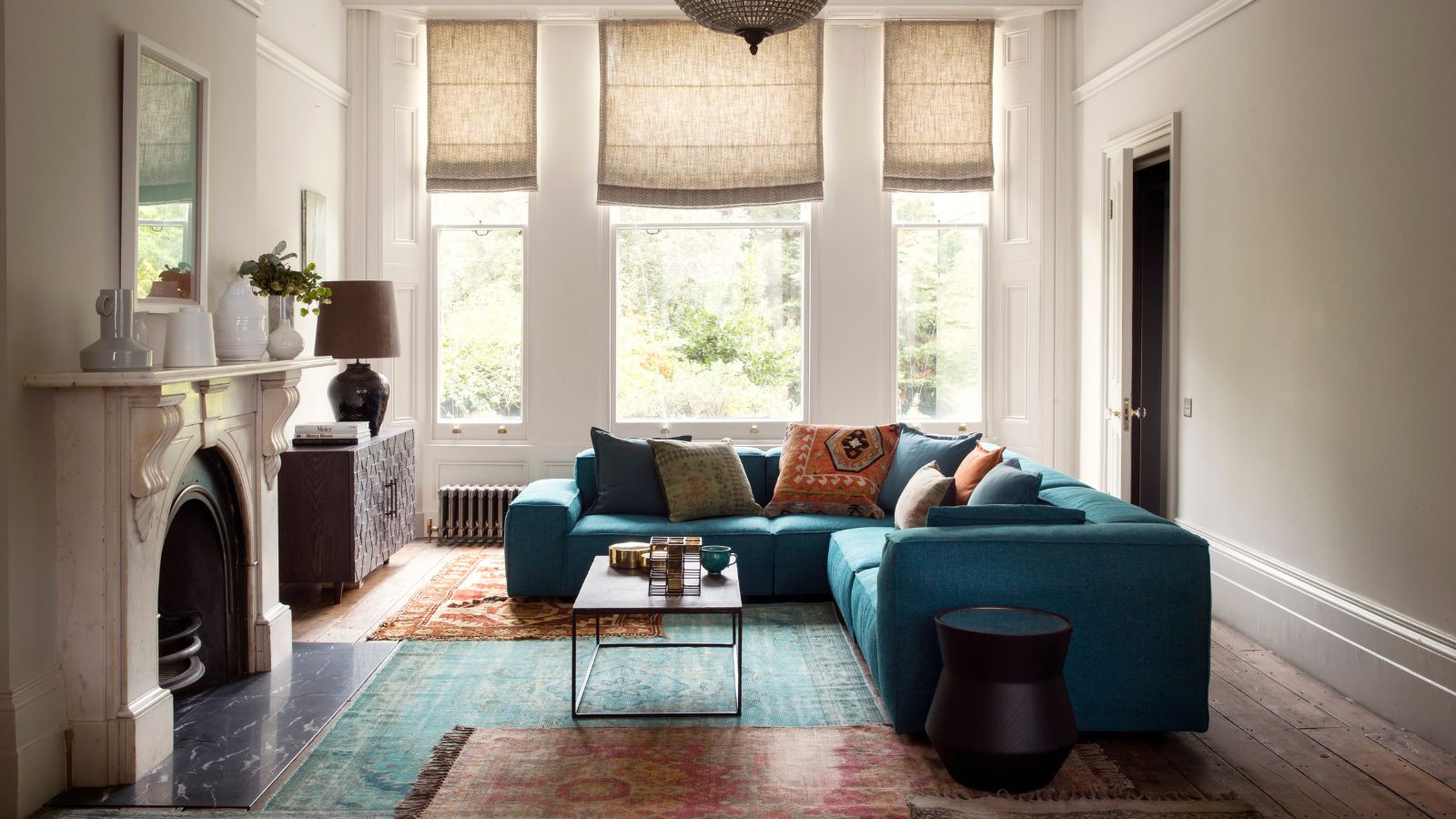 How we tests reed diffusers at Homes & Gardens to bring you our top picks
How we tests reed diffusers at Homes & Gardens to bring you our top picksLearn everything about the crucial criteria we use to recommend reed diffusers
By Ottilie Blackhall
-
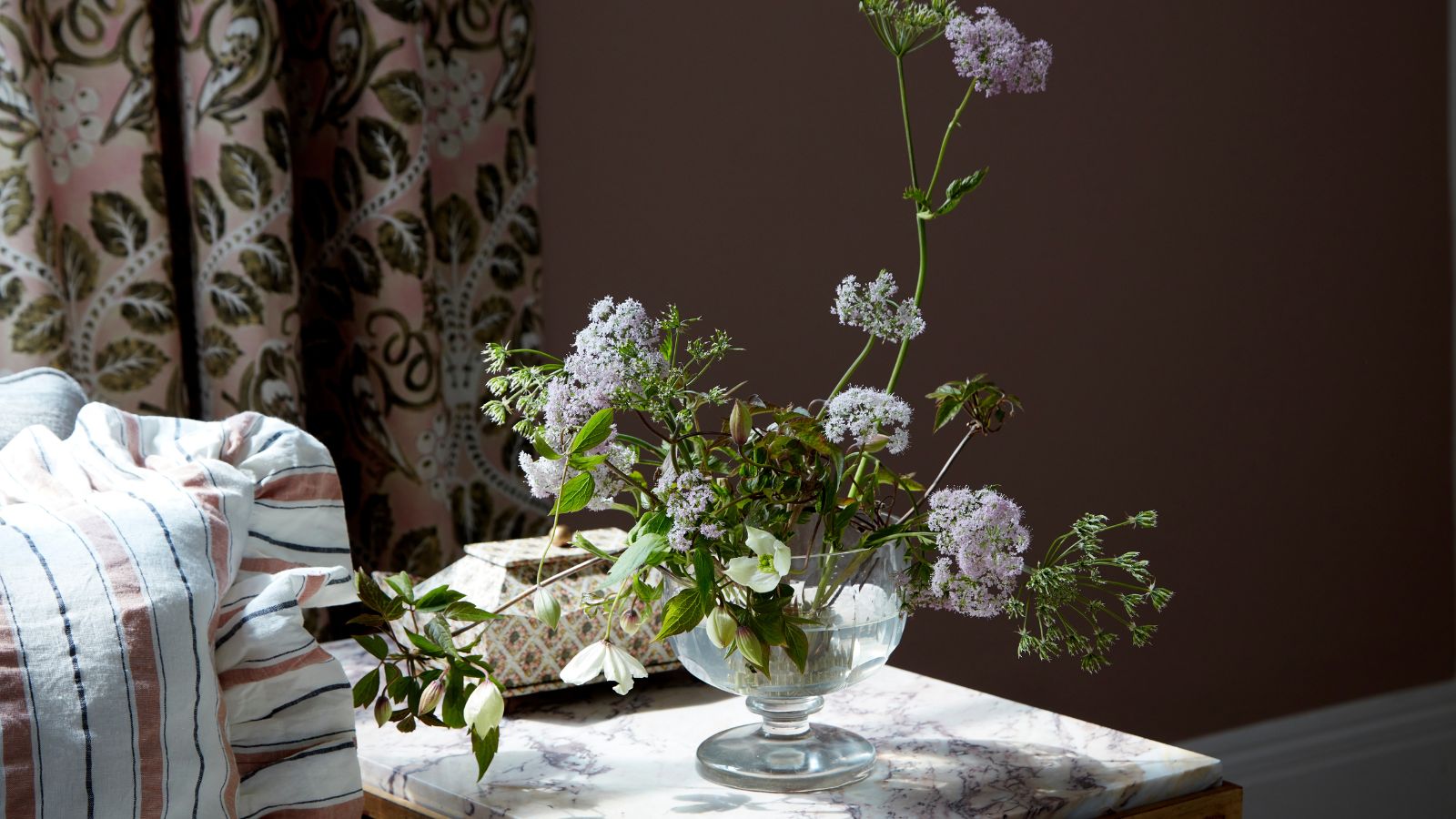 I love my expensive Malin+Goetz room spray for banishing dog odors at home – but I’ve found the perfect alternative for under $15
I love my expensive Malin+Goetz room spray for banishing dog odors at home – but I’ve found the perfect alternative for under $15A spritz of these spring scents last up to two hours
By Ottilie Blackhall
-
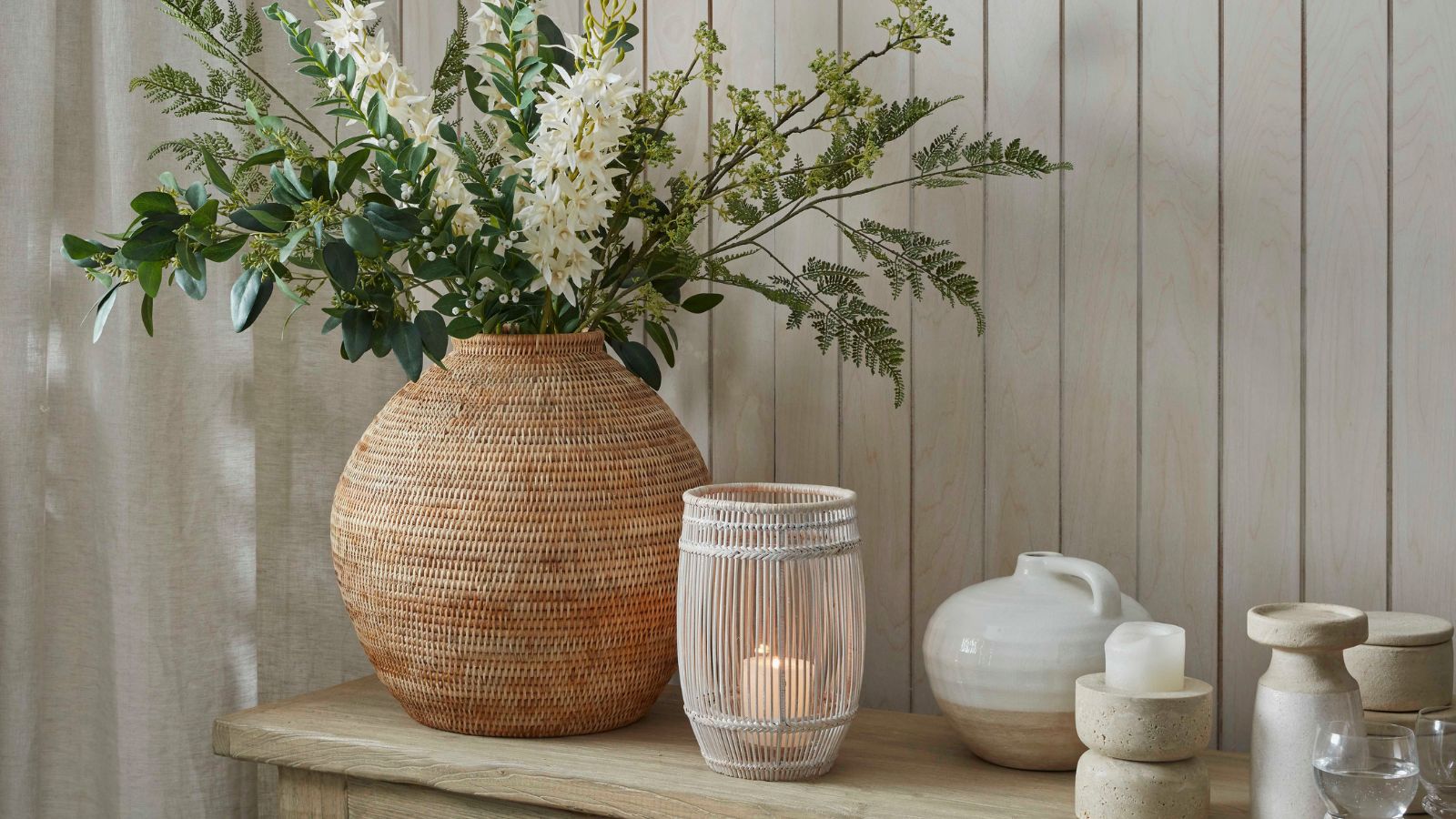 I tried using a Zodiac candle to cleanse my home of bad energy and kick-start my spring decluttering with surprising results
I tried using a Zodiac candle to cleanse my home of bad energy and kick-start my spring decluttering with surprising resultsThis home scenting idea is out of this world
By Ottilie Blackhall
-
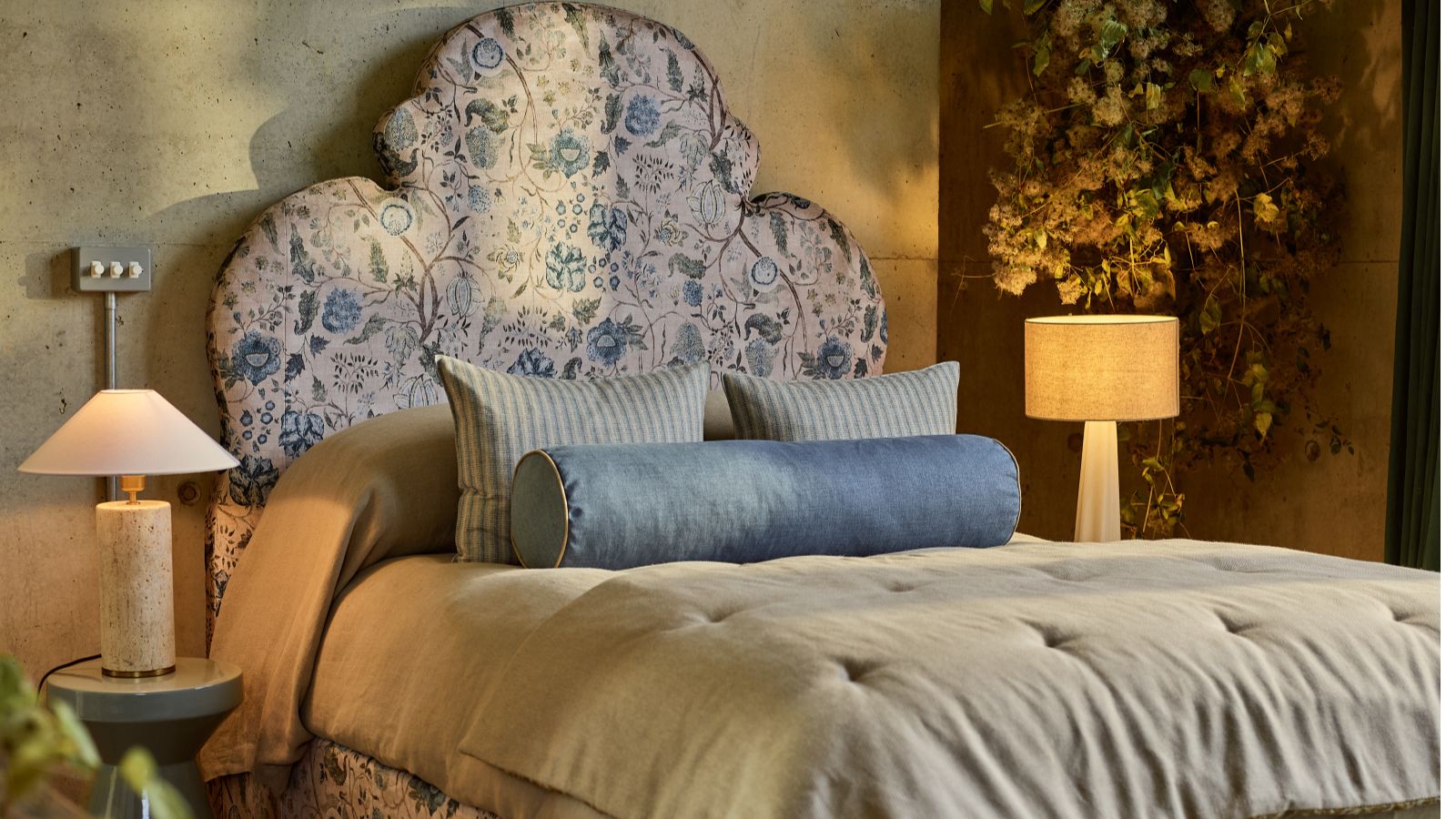 I ditched smokey incense sticks and candles for non-toxic dry-fragrance reeds – now my house always smells like a luxurious hotel for just $18
I ditched smokey incense sticks and candles for non-toxic dry-fragrance reeds – now my house always smells like a luxurious hotel for just $18They smell so good and last for longer than oil reed diffusers
By Punteha van Terheyden
-
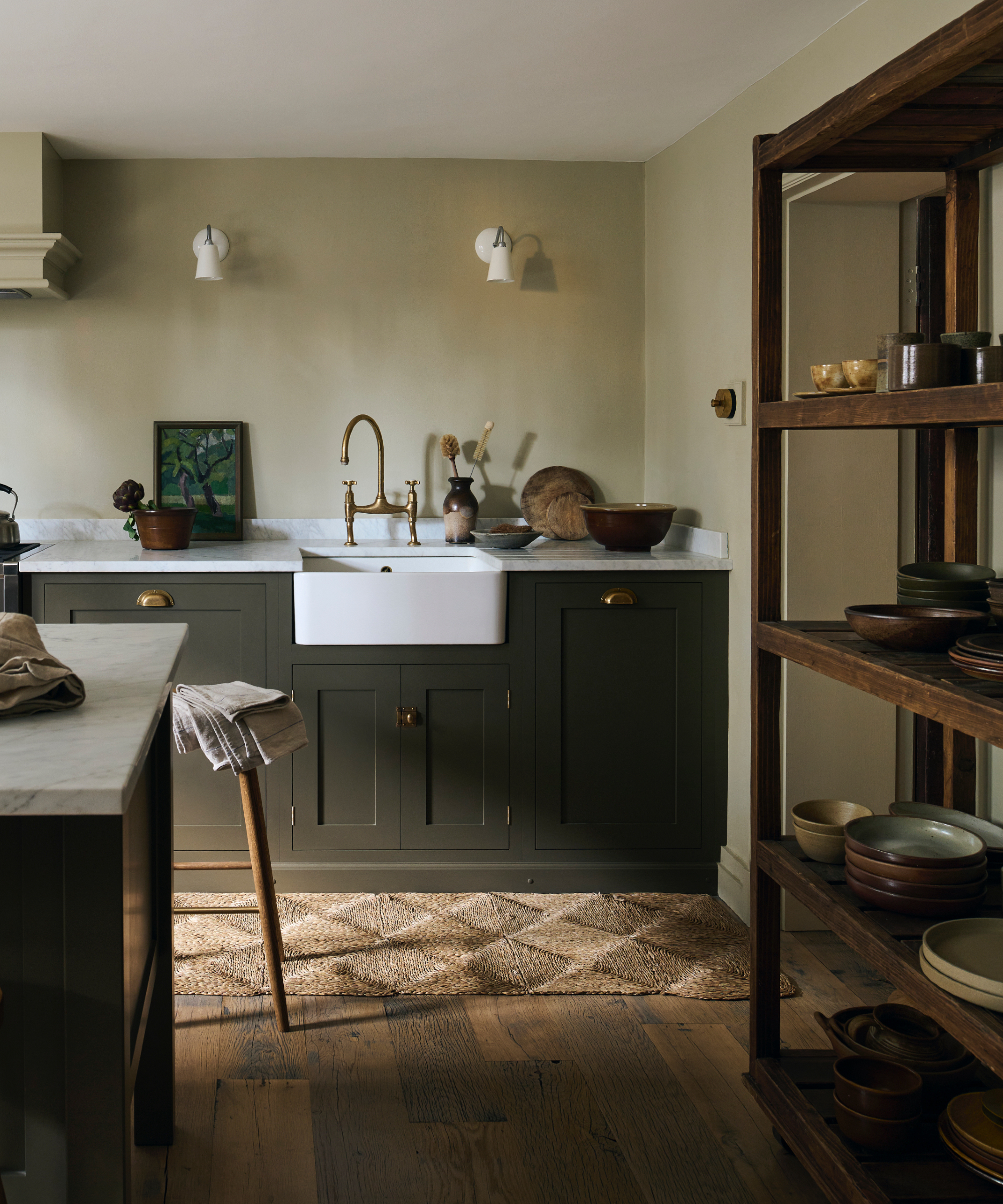 5 non-toxic ways to make your home smell nice all the time – without harming your health or the planet
5 non-toxic ways to make your home smell nice all the time – without harming your health or the planetClean, simmer and spritz your way to a great smelling space
By Ottilie Blackhall
-
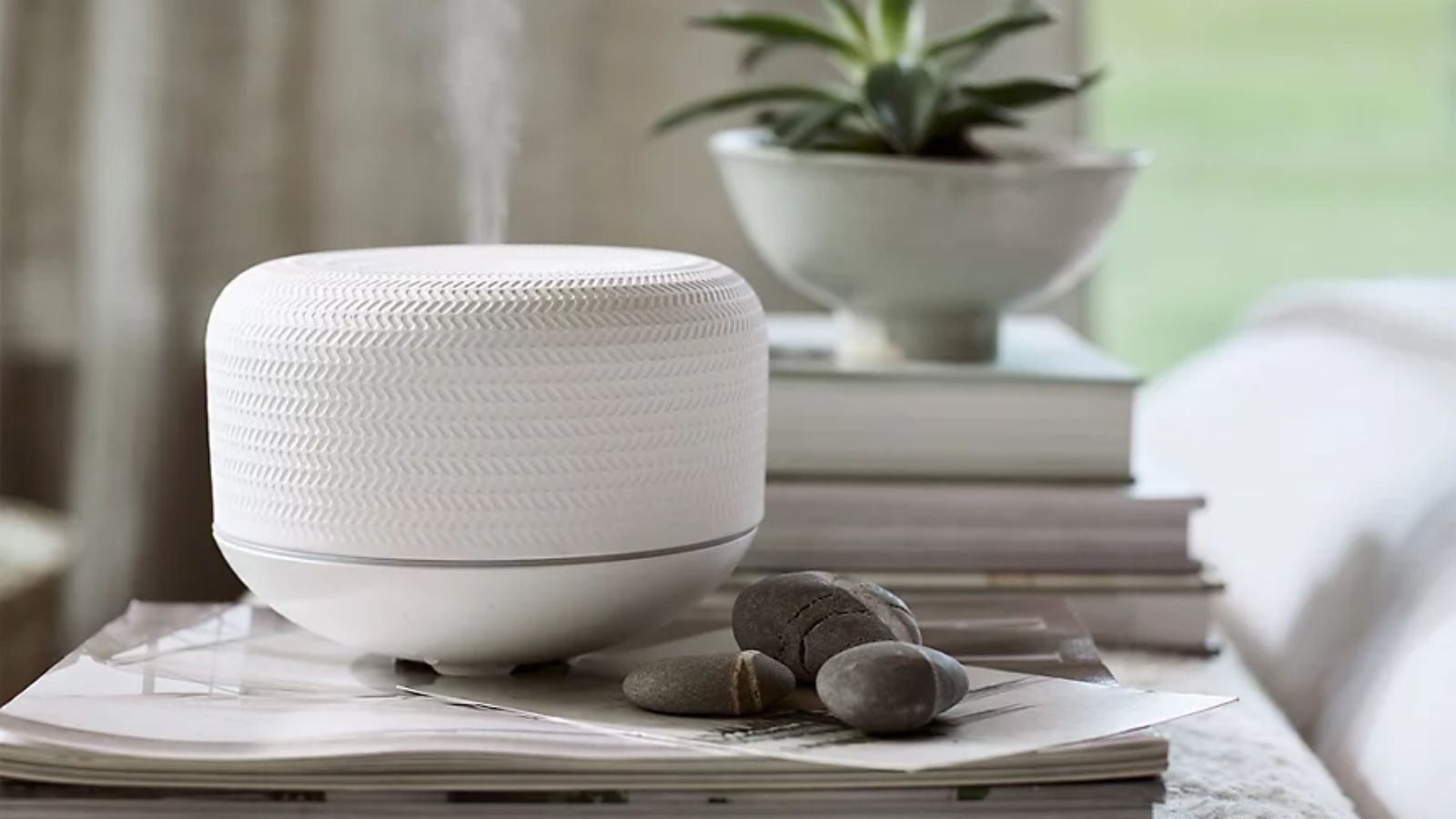 I switched to these electric diffusers and my home now always smells luxurious – they're easy to control and much more potent than reed diffusers
I switched to these electric diffusers and my home now always smells luxurious – they're easy to control and much more potent than reed diffusersElectric diffusers are better value for money and have versatile running options
By Punteha van Terheyden
-
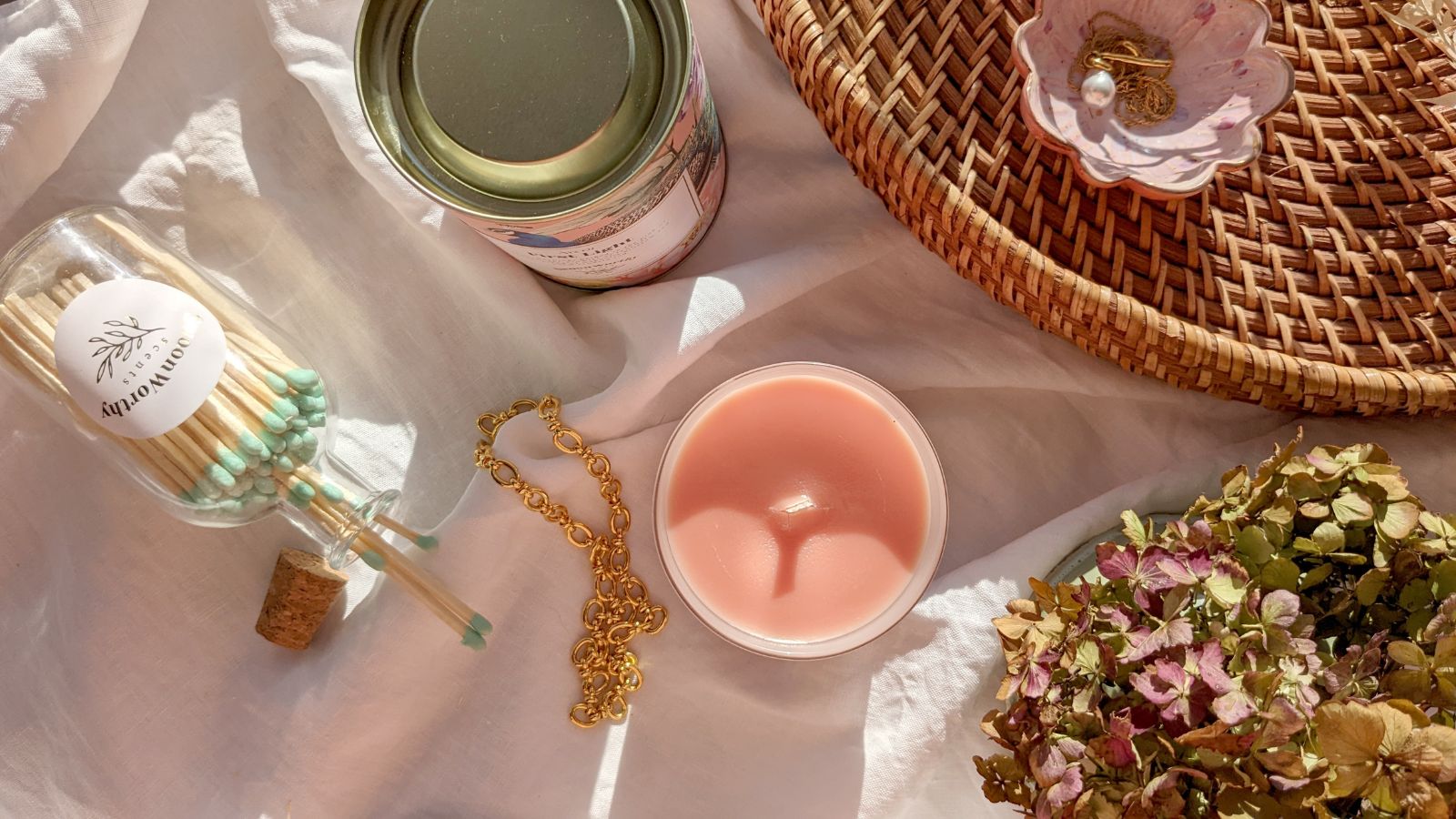 What your home fragrance says about you – plus, master perfumers reveal how to pick the perfect signature scent for your space
What your home fragrance says about you – plus, master perfumers reveal how to pick the perfect signature scent for your spaceScent speaks volumes and set the tone for your home
By Chiana Dickson